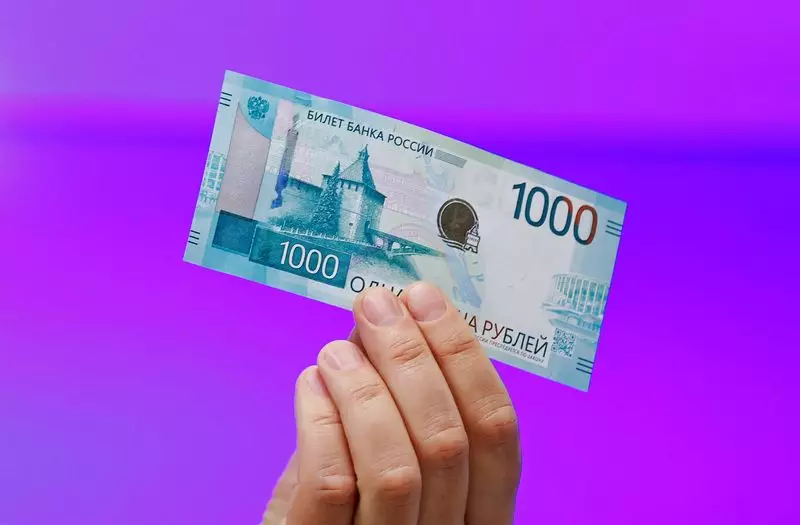The Russian government recently made changes to its mandatory sales of foreign currency for exporters. The new decree states that if more than half of the value of exporters’ contracts is paid in roubles, they will be exempt from certain currency exchange regulations. This move comes as a part of the government’s efforts to stabilize the rouble, which has been facing pressure due to capital outflows and limited foreign currency supply.
Initially introduced by President Vladimir Putin in October, capital control measures were put in place to address the economic challenges facing the country. These measures impacted a variety of industries such as fuel, energy, metal, chemical, timber, and grain. The original requirements mandated that certain exporters deposit a significant percentage of their foreign currency earnings with Russian banks and sell most of the proceeds on the domestic market within a specific timeframe.
However, a new government decree signed on May 30 has revised these regulations. Companies can now be exempt from the foreign currency sales requirements if a substantial portion of their foreign contracts are settled in roubles. This decision was made by the government commission on foreign investments, signaling a potential shift in policy regarding capital controls.
The central bank has expressed skepticism regarding the effectiveness of these controls, highlighting the discrepancies between its views and the government’s decisions. While the government argues that these measures reduce the risk of rouble depreciation, the central bank believes that other factors such as high interest rates and strong export revenues have a more significant impact on the currency’s stability.
The rouble’s value has fluctuated significantly in recent months, reaching alarming levels against the dollar. The government’s intervention in the foreign exchange market was aimed at controlling these fluctuations and restoring stability to the currency. Despite these efforts, the rouble continues to face challenges in maintaining a competitive exchange rate.
Overall, the recent changes in Russia’s currency regulations reflect a complex interplay between economic policy, market dynamics, and external factors. As the country continues to navigate its financial challenges, the impact of these decisions on exporters and the broader economy remains to be seen.

